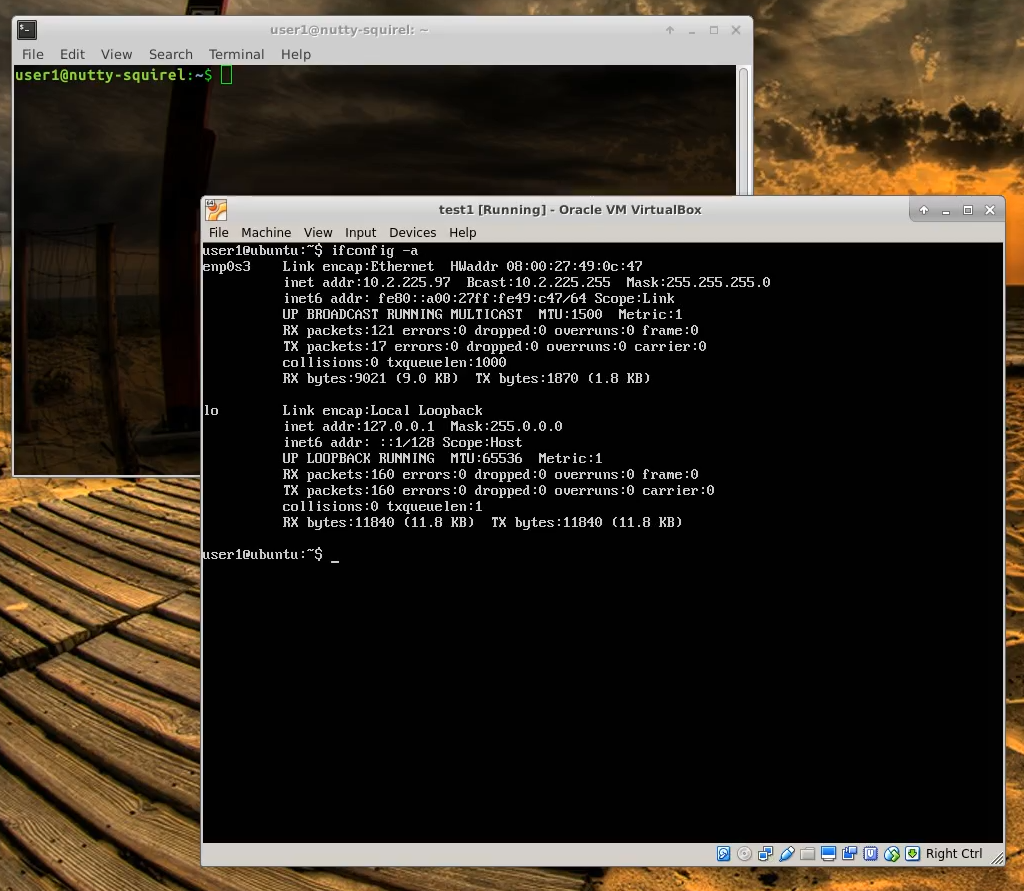

#Remove the OpenSSH Client Remove-WindowsCapability -Online -Name OpenSSH.Client~~~~ 0.0. We begin by clicking on the Start button and click on All Apps.

Using Powershell as an Administrator User First, we open Powershell as an Administrator User.
Windows openssh config how to#
Again open Powershell as Admin and run the following desired one. How to Install and Configure OpenSSH on Windows Now let’s take a look at how our Support Engineers install OpenSSH on Windows Server. In case you want to disable or uninstall the OpenSSH server/client feature on Windows 10 or 11, here are the commands to follow. Here we are using Ubuntu Linux to connect the Windows command line via SSH server. Simply open the command line of Linux, macOS, or Windows that can access the installed SSH server’s IP address and use the following given syntax to connect the same.įor example: ssh 192.168.43.252 Now, we can test our server by connecting it using some other computer or virtual machine. If (!(Get-NetFirewallRule -Name "OpenSSH-Server-In-TCP" -ErrorAction Silentl圜ontinue | Select-Object Name, Enabled)) This means the client is installed, and you can skip the rest of this section. A short summary of command line switches should be displayed. On Windows, locate the cmd.exe executable, right-click it, and select Run as Administrator to edit. Locate the file with elevated permission so that you can edit the file. If the Firewall rule already exits then you will have “ Firewall rule ‘OpenSSH-Server-In-TCP’ has been created and exists” in return. Press the Windows logo key on your keyboard or click on the Start Menu. To edit the sshconfig file, go to the /ssh/sshdconfig. Although the Firewall rule will automatically get configured while installing the OpenSSH server, however still to confirm it run the given command. Paste the given block of command in the Powershell and hit the Enter key. Mark the service to start automatically: Set-Service -Name sshd -StartupType 'Automatic' To make the service of OpenSSH start and run automatically with the system boot use the below-given commands: Start-Service sshd # Install the OpenSSH Server Add-WindowsCapability -Online -Name OpenSSH.Server~~~~0.0.1.0 ssh directory and run the command ssh-keygen accepting the defaults (you can change the name of the keys and provide a key password if you really want to, but that’s beyond the scope of this article) Cd \.ssh\ Ssh-keygen Doing this with the default values will create a public and private key.
Windows openssh config archive#
# Install the OpenSSH Client Add-WindowsCapability -Online -Name OpenSSH.Client~~~~0.0.1.0 Install Windows for OpenSSH using PowerShell Unblock the downloaded OpenSSH archive if necessary: Unblock-File. We have given both the commands to activate either the Client or Server part of this open-source SSH tool. Install OpenSSH Server on Windows 11 or 10 If that is the same then move to the next step. In our case, the client was installed but the OpenSSH server was not. Get-WindowsCapability -Online | Where-Object Name -like 'OpenSSH*'


 0 kommentar(er)
0 kommentar(er)
